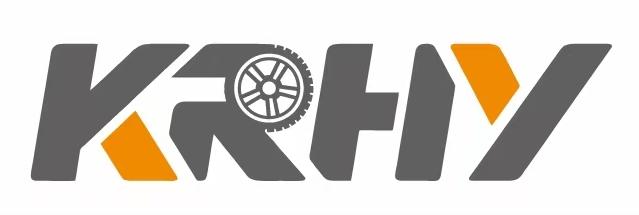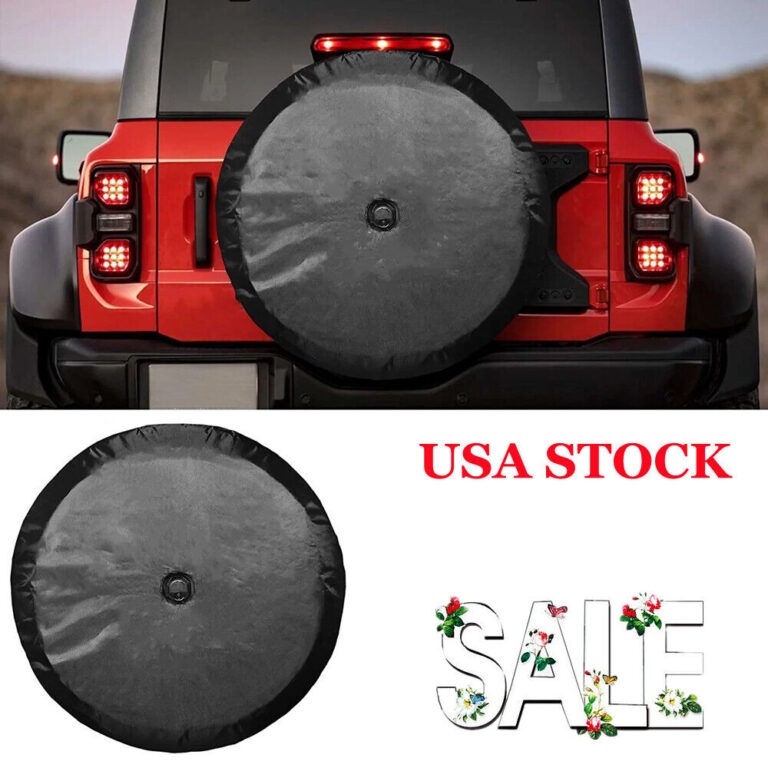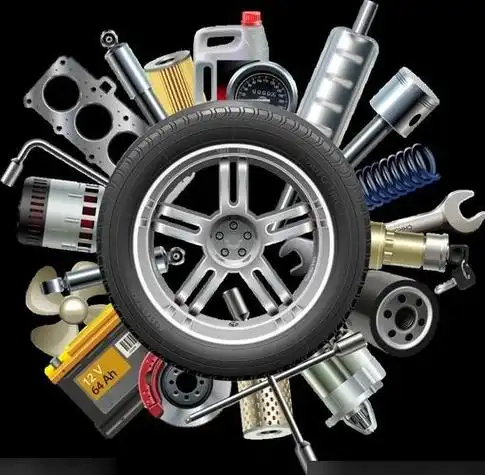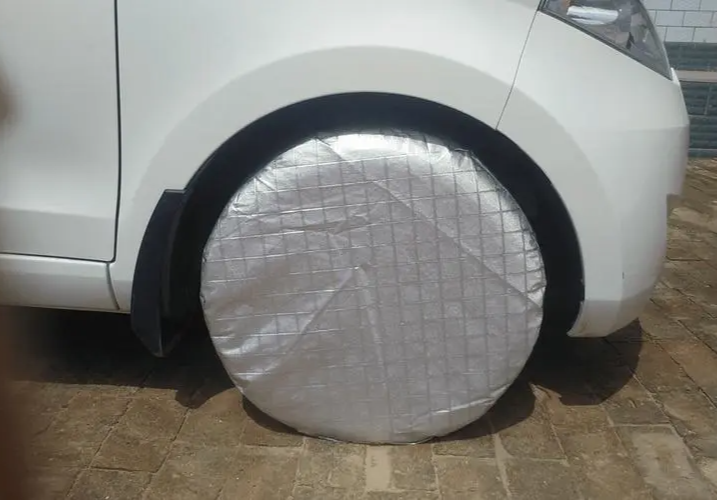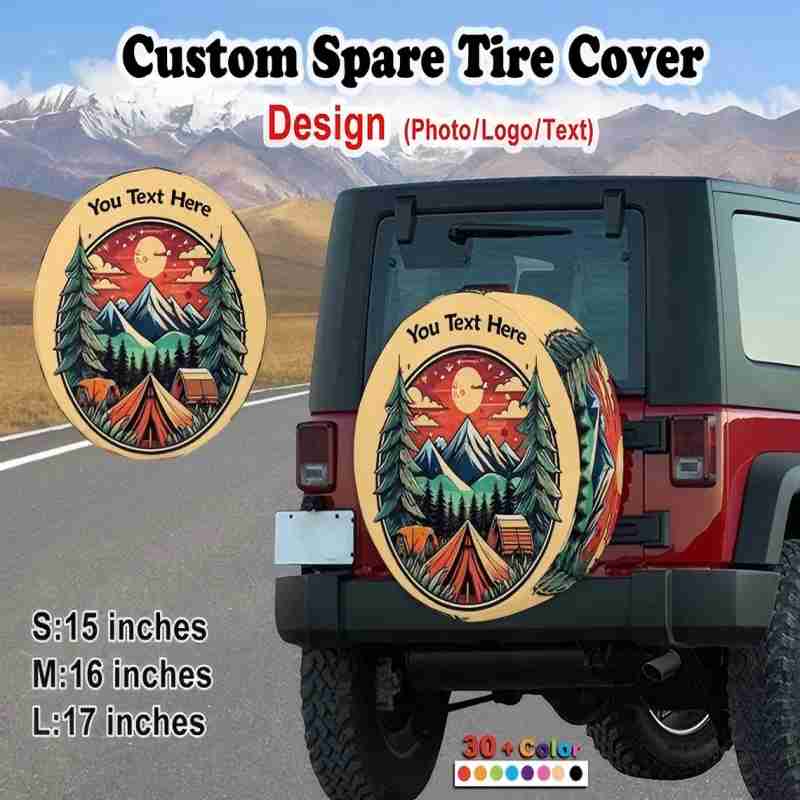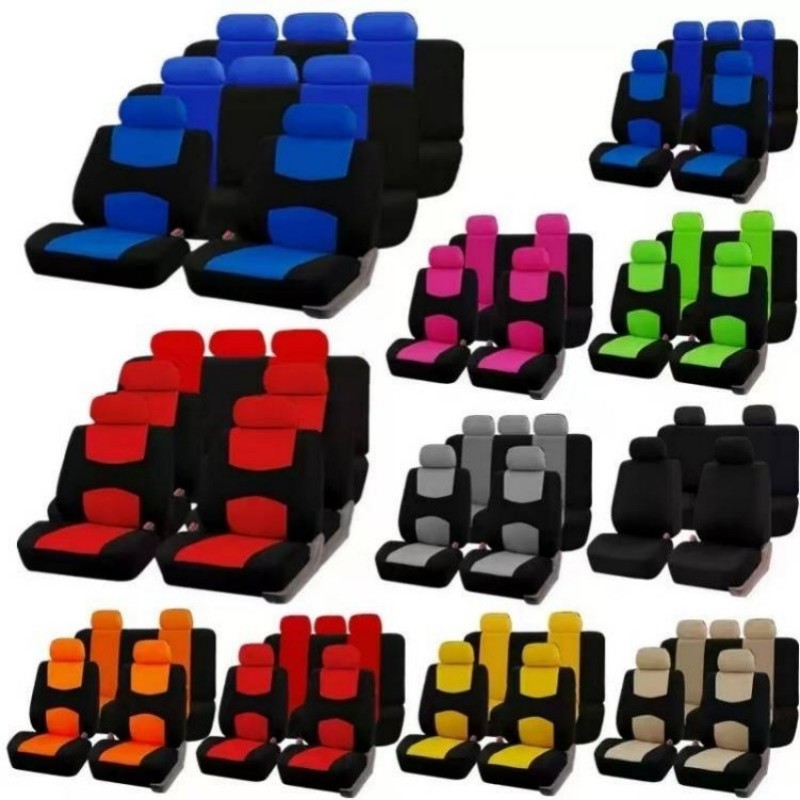-
Xingming Road, Yanyuan, Xingtan, Shunde, Foshan, Guangdong
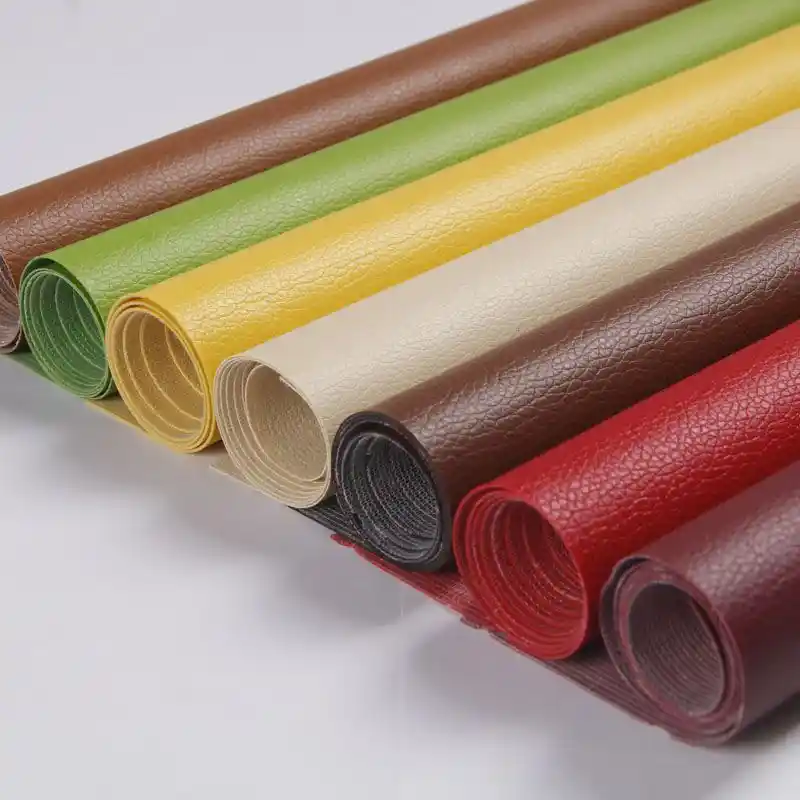
Make Informed Picks: Canvas and PVC Leather
Abstract
This article deeply compares canvas and PVC leather, analyzes from six dimensions including material characteristics, application scenarios, weather resistance, waterproof and fireproof performance, cost and durability, explains the advantages and disadvantages of the two, and provides professional suggestions. At the same time, authoritative external links are cited to enhance the credibility of the article, aiming to provide consumers with a comprehensive reference for choosing suitable materials in different demand scenarios, and help to select materials accurately. In the world of material selection, canvas and PVC leather are often the objects of people’s entanglement. Whether it is making outdoor equipment, household goods, or industrial protective equipment, the question of “Which is better, PVC or canvas” always lingers in the minds of many people. In fact, these two materials have their own advantages and disadvantages. Only by deeply understanding their advantages and disadvantages can we make the most suitable choice. Next, we will comprehensively analyze canvas and PVC leather from multiple key aspects.
1. Material characteristics: the essential difference between natural and synthetic
Canvas is a fabric with a long history. Its materials are mainly divided into cotton and polyester-cotton blends. Cotton canvas is made of natural cotton, has a soft touch, good skin-friendliness, and gives people a natural and comfortable feeling. Polyester-cotton blended canvas is a combination of synthetic fibers and organic fibers. The addition of synthetic fibers makes polyester-cotton canvas relatively cheaper, and at the same time improves the problem of pure cotton shrinkage to a certain extent. According to the research of Textile Learner, an authoritative website for textile materials, polyester-cotton blended canvas has been gradually widely used in the market due to its cost-effectiveness. PVC leather, full name polyvinyl chloride leather, is a polyester fiber fabric that is usually coated or laminated. This material is made by chemical synthesis and has strong plasticity. It can imitate various textures and appearances, from imitation leather to imitation fabric, and even some special pattern effects can be achieved. Relevant research by the American Chemical Society (ACS) shows that the chemical synthesis characteristics of PVC leather enable it to adjust performance parameters according to different needs during processing.
2. Application scenarios: Different characteristics determine the direction of use
Canvas is widely used in many fields because of its softness, skin-friendliness and certain strength. In daily life, canvas is often used to make car covers, which can gently protect the surface of the vehicle and avoid minor scratches; tents are made of canvas, which can provide a comfortable interior space and resist wind and rain to a certain extent; furniture such as metal folding chairs are made of canvas, which not only ensures the comfort of sitting, but also adds a natural and rustic style; the canvas fabric of parasols can effectively block the sun and has good breathability, so people will not feel stuffy under the sun. Taking outdoor camping tents as an example, some tent products of the well-known outdoor brand “Mogodi” use high-quality canvas, which is favored by consumers for its good breathability and comfort. PVC leather performs well in the fields of industrial and outdoor protection due to its waterproof and wear-resistant properties. Tarpaulins are mostly made of PVC leather, which can effectively block rain and protect the cover in bad weather; truck covers use PVC leather to resist wind, sun, sand and stone impact during long-distance transportation; machine covers use PVC leather to prevent dust, oil and other erosion on the machine; the canopy uses PVC leather, which is not only waterproof, but also can resist certain external forces and extend the service life. On construction sites, common waterproof enclosures are mostly made of PVC leather, and their excellent waterproof and durable performance has been widely recognized. Refer to the relevant content of the building materials information platform Buildipedia.
3. Weather resistance: Different performance under sunlight
In terms of weather resistance, ultraviolet rays in sunlight are a big test for materials. Both canvas and PVC leather are susceptible to ultraviolet rays. Long-term exposure will cause the material to decompose, age, fade, and become brittle. However, the higher the UV stability, the longer the service life of the material, and the corresponding price will be more expensive. Polyurethane (PU) coated canvas is a modified form of canvas. It is wrapped in plastic and has a variety of methods such as plain weave and tear-proof weave. Its lightweight properties make it more breathable than PVC leather, and it can adapt to body temperature faster, which can alleviate the stuffiness caused by sunlight exposure to a certain extent. But even so, long-term exposure to the sun will still cause damage to it. A research report by the American Society for Testing and Materials (ASTM) shows that under the same UV exposure conditions, ordinary canvas ages relatively quickly. Although PVC leather performs well in terms of wear resistance, it is not perfect in terms of UV protection. PVC leather that has not been specially treated may have its surface coating peel off and the material toughness decrease after long-term sunlight exposure. However, there are also PVC leather products on the market that have been treated with UV protection, such as PVC leather used in some high-end outdoor awnings. By adding anti-UV additives, the service life is effectively extended, but the price is also increased. Relevant information can be found on the professional website of material science MaterialScience.
4. Waterproof performance: the boundary between waterproof and non-waterproof
Canvas has a certain waterproof ability, but it is not completely waterproof. High-quality canvas can resist water penetration to a certain extent. For example, in light rain or short-term rain, water droplets on the surface of the canvas will not quickly penetrate into the interior. However, once it encounters heavy rain or long-term soaking, water will gradually seep in. The main component of canvas is cotton, and cotton fibers will swell after absorbing water, causing the canvas to shrink and deform, affecting the use effect and life. Take an outdoor backpack made of canvas as an example. If it is used on rainy days, although it will not be soaked in a short time, long-term rain will still make the items in the bag damp. PVC leather has excellent waterproof performance, thanks to its chemical synthetic material and surface coating or lamination treatment. PVC leather does not absorb water at all, and rain will slide quickly when it falls on its surface. It can effectively block moisture even in heavy rain or long-term soaking. For example, waterproof backpacks made of PVC leather are widely used in water sports and other scenes to ensure that the items in the bag are always dry. Test data from the British Waterproof Association (BWA) show that the waterproof performance of PVC leather is far better than that of ordinary canvas.
5. Fire resistance: Acquired treatment improves safety
In terms of fire resistance, neither canvas nor PVC leather has natural fire resistance. However, in order to meet the safety needs of some special scenarios, they can all be flame-retardant treated. Flame-retardant canvas and PVC leather can slow down or prevent the spread of fire, mainly because they have been treated with flame retardants such as polybrominated diphenyl ethers (PBDE). But it should be noted that flame-retardant treatment does not mean that they have absolute fireproof properties. They may still be ignited under extreme conditions such as high temperature and open flame. It is worth mentioning that flame-retardant treatment will greatly increase the cost of materials. The price of flame-retardant treated canvas and PVC leather is almost twice that of products without flame retardants. At present, canvas and PVC leather products in the market usually do not add flame retardants, except in some areas with strict requirements for fire prevention. In Europe, the United States, Australia and other regions, the use of flame retardants is a legal requirement for certain specific uses, such as public transportation interiors, building decoration materials, etc., and the relevant regulations of the International Fire Protection Organization IFS can be referred to.
6. Cost and durability: a trade-off between cost performance
In terms of cost, canvas is made of cotton fabric, and the cost of obtaining and processing natural fibers is relatively high, especially high-quality cotton canvas, which is more expensive. Although the price of polyester-cotton blended canvas has dropped, it still does not have a price advantage over PVC leather. As a chemical synthetic material, PVC leather has a low production cost, and large-scale industrial production makes it significantly competitive in price. For example, when making ordinary outdoor awnings, the cost of using PVC leather may be only about half of that of canvas. In terms of durability, although canvas has a certain strength, it is prone to wear and tear during long-term use, especially under frequent friction or force. In addition, canvas is also susceptible to mold, insect bites and other factors, which reduces its service life. PVC leather, with its wear-resistant and tear-resistant properties, performs better in durability. Its surface coating or lamination treatment can effectively resist external physical damage and chemical corrosion. However, PVC leather also has its limitations. In high temperature environments, it may soften and deform; in low temperature environments, it is easy to become hard and brittle, thus affecting its performance.
Summary
Canvas and PVC leather each have their own advantages and disadvantages. There is no absolute “better”, only whether it is suitable or not. Canvas, with its natural material, brings comfort and breathability, is suitable for scenes with high requirements for touch and breathability, such as household goods, some outdoor equipment, etc., but it is relatively weak in waterproofness and durability, and the cost is high. PVC leather has more advantages in scenes such as industrial protection and outdoor harsh environment use due to its excellent waterproof, wear-resistant and low cost. However, its breathability is poor, its performance will be affected at extreme temperatures, and its environmental protection is controversial. When choosing materials, consumers should consider factors such as specific usage needs, budget, and usage environment. If you still have questions about material selection, please feel free to consult professionals or visit relevant authoritative websites for more information. I hope this article can help you make a more informed decision in the choice of canvas and PVC leather.
